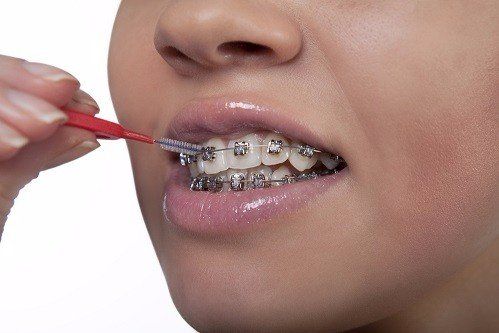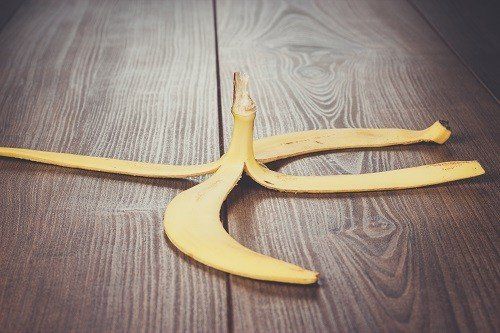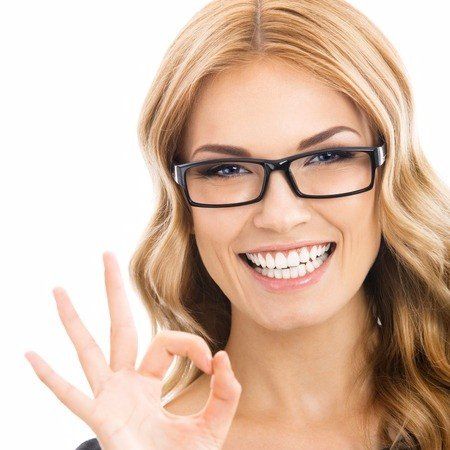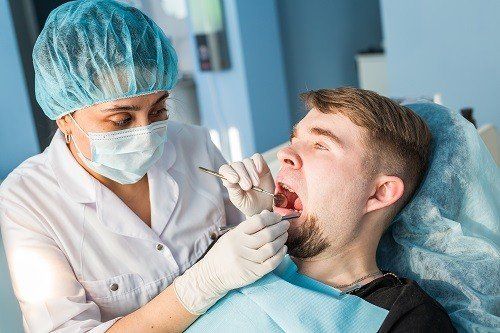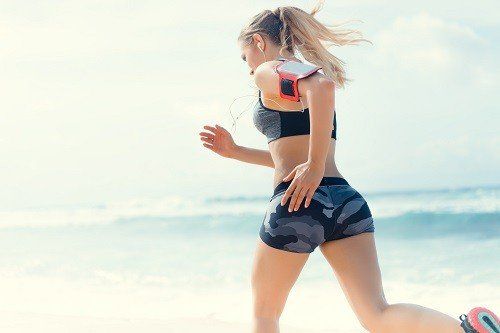How You Can Clean Braces
No matter how old they are—teenagers or middle-aged
adults—orthodontic patients need to learn about cleaning braces, especially
given how serious of an investment orthodontics are in terms of money and time.
By learning how to properly care for braces at home, any patient can be fully
prepared for the responsibility and commitment required for maintaining his or
her oral health while partaking in orthodontic treatment and afterward.
What Can Get Caught in Braces
Every piece of a patient’s orthodontic hardware—bands, wires, brackets, springs, screws, expanders, and elastics—has its own challenges regarding cleaning. This hardware has many surfaces for food debris, acids, and plaque biofilm to accumulate in the various areas of a person’s mouth that are hard to clean.
Bacteria hide around the orthodontics and teeth, growing into large quantities of plaque that feed on food debris remaining in the mouth. The bacteria’s digestion process produces acids, which build around the bands and brackets and create the chalky white orthodontic spots patients are often shown before pursuing braces. Luckily, these white spots can be avoided if patients learn how to properly clean their braces.
At-Home Cleaning
Removing food debris, acids, and plaque from around orthodontic hardware can protect teeth and gums from oral health diseases and decrease the risk of tooth decay. For this process, professionals often recommend specialized equipment for cleaning teeth that have braces, including a first-rate toothbrush, floss threaders, and a home oral irrigation system.
For tooth brushing, any soft-bristled toothbrush with a compact head is best for teeth that have braces. Remember to remove the elastics before you brush, so that the wires and hooks aren’t disturbed. Patients should hold their toothbrush with a 45-degree angle from the gum line, brushing back and forth and sweeping toward the teeth’s biting surface. Patients should also brush the upper, lower, and front parts of their brackets and wires to remove food debris and plaque. Patients could even try physically holding up their lip while brushing the bracketed areas.
For flossing, there are various cleaning tools for removing additional debris after brushing—proxybrushes, soft picks, superfloss, interdental picks, and woven dental floss. While these cleaning tools are available, floss and a threader should always be a patient’s first choice. With food getting trapped under wires and between teeth, it's essential to thread floss beneath the wires and remove any debris before it can damage the enamel. Patients can access areas where other devices cannot reach via sliding the floss alongside the tooth’s surface and lightly cleansing the area under the gum line.
As for a home oral irrigation system, it is specialized dental tool that thrusts water in a narrow stream through a device for directly flushing food, plaque, acids, and bacteria out of difficult spots around the orthodontic hardware and teeth. These systems can make home care more effective, but they shouldn’t ever replace brushing or flossing.
Fluoride Treatment
While patients should use fluoride regardless of if they have braces, fluoride is even more essential during and after orthodontic treatment. The chance of developing tooth decay grows with braces since they make teeth harder to clean, and fluoride rinse can lower that chance.
As well, prescribed fluoride toothpaste can go far in protecting teeth, strengthening areas where root surface is exposed, which often occurs among patients with braces. Anti-bacterial toothpastes and germ-killing rinses can also lower the number of bacteria within the mouth and lessen plaque-related inflammation of the gums.
Are you avoiding trips to the dentist because of the high cost of treatments? Did you know you can use a New Hampshire discount dental plan to save as much as 20 percent off your bills? For more information, please click here.
Photo via Shutterstock

